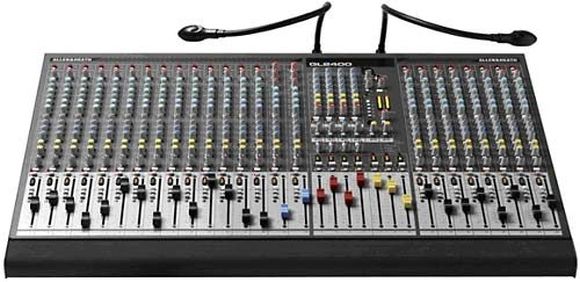2. Overview
The development of recording technology continues to advance. Computers and digital studios have now also made their way into the semi-professional domain. Despite this development, a mixer still remains one of the first acquisitions a musician makes. Whether it's for mixing at the next gig, creating a band's monitor mix, connecting multiple signal sources (external synthesizers or drum microphones), or used as a "distribution hub" before the computer to avoid the hassle of constantly switching cables, the applications of a small mixer are practically limitless.
Just a few years ago, with smaller mixers, users often had to compromise on quality. However, thanks to technological progress, the situation has changed in favor of users. Useful devices - nowadays, small mixers are no longer distinguished between live and studio use - are available in our online store starting from as low as 39.00 EUR. Nowadays, even small mixers often come with integrated effects units, saving users additional expenses for such devices, as well as the cabling effort, especially for live performances. The very latest trend includes integrated digital converters with USB 2.0 or Firewire interfaces, allowing for easy integration into computer applications. However, not all functions are typically needed.
So, users are once again faced with the dilemma of choosing the right mixer. Therefore, let's consider some technical features in the following that could be crucial for making a purchase decision.

Allen & Heath GL2400 Live Sound Mixer
So, users are once again faced with the dilemma of choosing the right mixer. Therefore, let's consider some technical features in the following that could be crucial for making a purchase decision.



